By Eesha Boga
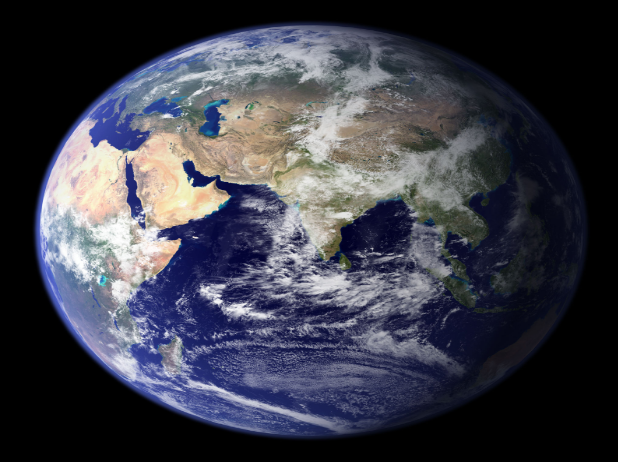
Apollo 17 Astronauts Capture All of Earth’s Glory 51 years ago.
Photography by NASA
 Photo by WWF
Photo by WWF
Just for a moment, imagine being a sea turtle. You’re peacefully drifting through the sea, looking for a bite to eat. In the distance you see a jellyfish, one of your favorite staples. You paddle towards it, your stomach churning with anticipation to fill yourself. The Jellyfish enters your mouth and you swallow hastily. Then you look around, and to your surprise, you see a plethora of jellyfish around you! Your appetite returns as you devour each and every last one. But moments after, your body begins uncontrollably floating to the surface. You paddle downwards with all your might but it’s of no use. You’re unable to dive. Hours pass. Days pass. You’re tired, hungry, the blistering sun beats down on you in an unforgiving manner, and you’re not sure where you are or how vulnerable you are to predators. You take a few peeks underwater, knowing that there’s no chance of you ever going back down there again. You’re alone and feel that you’re on death’s doorstep. The only thought you have before your body gives out to exhaustion is: What went wrong? You see, the jellyfish you thought you were consuming were in fact not jellyfish, but plastic bags.
Not too long ago around March 2017, a green sea turtle—just like the one from the scenario above—was found floating and struggling to dive close to a pier near Clearwater, Florida. It was a juvenile turtle, weighing less than 3 pounds in severe critical condition. Luckily, he wasbrought into the Clearwater Marine Aquarium for rehabilitation. And just three weeks after his rescue, the turtle—who was named Chex—defecated a balloon with the ribbon still attached. The reason why Chex and most sea turtles who consume plastic bags can’t dive back into the ocean is due to a condition known as “floating syndrome.” The rescuers who saved Chex believe that the plastic debris that turtles consume make them unnaturally buoyant. This is a highly critical issue that Chex was lucky enough to get out of, but I unfortunately can’t say the same for the one thousand sea turtles who die from plastic ingestion annually.
The Earth Island Journal has stated that Marine Biologists have estimated that about fifty two percent of all sea turtles globally have ingested plastic. Turtles are attracted to plastic bags because they resemble jellyfish, and in addition to this, more sea turtles are drawn to the smell of plastic debris due to the microorganisms, plants, as well as algae that form on the plastic’s outermost part.
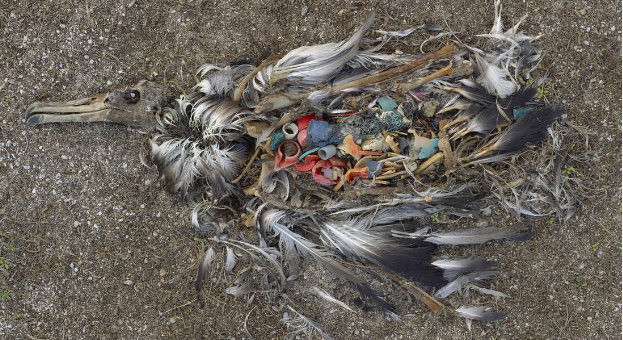
A dead young albatross on the Midway Atoll in the Pacific Ocean.
Photo by Chris Jordan-NPR
This is similar to what happens to seabirds. Once plastic enters the ocean, algae grows on the surface of the debris, emitting DMS (Dimethyl Sulfide). DMS releases a stinky sulfur odor which seabirds have now learned to attract krill. When seabirds approach what they think is food, they end up swallowing plastic instead. The ingestion’s consequence will lead to starvation and/orsuffocation. This is and has been the reality for marine organisms for the past sixty years. According to the International Union For Conservation of Nature, three hundred million tons of plastic are produced annually, and out of that three hundred million “At least 14 million tons of plastic end up in the ocean every year…” This means that an average of eight million pieces of plastic gets thrown into the sea daily. The Sea Turtle Conservancy has estimated that over one million marine organisms die from plastic pollution each year—and this only includes organisms that have been found and recorded. This is about forty three percent of all species globally that are being affected by the endless supply of pollution in our oceans. To make matters worse, the amount of plastic in our oceans is only expected to double within the next fifteen years.
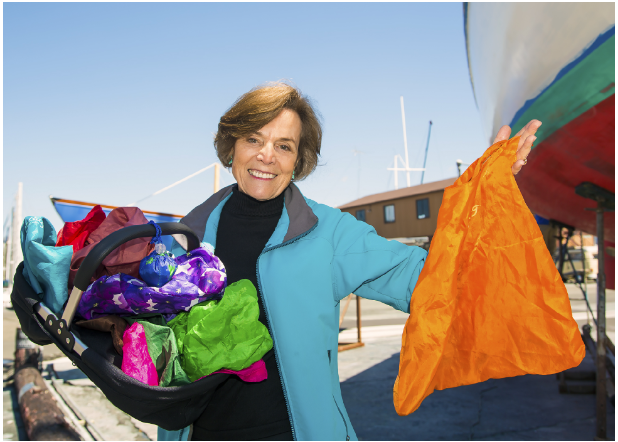 2016: Dr. Sylvia Earle, founder of the Sylvia Earle Alliance/Mission Blue, and Explorer-in-Residence of the National Geographic Society, urges everyone to learn about plastic pollution and act to stop it. In 2013, Earle was awarded the Hubbard Medal, the National Geographic Society’s highest honor for distinction in exploration and discovery. Photo from: achievement.org
2016: Dr. Sylvia Earle, founder of the Sylvia Earle Alliance/Mission Blue, and Explorer-in-Residence of the National Geographic Society, urges everyone to learn about plastic pollution and act to stop it. In 2013, Earle was awarded the Hubbard Medal, the National Geographic Society’s highest honor for distinction in exploration and discovery. Photo from: achievement.org
Dr. Sylvia Earle, a woman of many talents once said, “No water, no life. No blue, no green.” Water is the basis of all life on Earth—I mean we as humans are made of sixty percent water alone! Our oceans are known as ‘nature’s greatest carbon sink’ for a reason. It dissolves about thirty percent of the carbon dioxide that we release into the atmosphere each year meaning that while the concentration of carbon dioxide in the atmosphere is annually increasing, it would be increasing at a much faster rate if it wasn’t for the ocean’s ability to dissolve it. That said, as the ocean heats up, its ability to dissolve the carbon dioxide decreases which means that we’re slowly losing access to this important buffer against global warming. And one of the many contributing factors of global warming is plastic pollution. Much of the plastic that doesn’t make it to recycling will by default end up in our oceans. But aside from turning the aquatic organisms’ habitats into garbage patches, plastic pollution also poses a major threat to the climate. Plastic releases greenhouse gasses as it very slowly breaks down. The sunlight heats the plastic and releases methane and ethylene which are known to exacerbate climate change.
Furthermore, the World Economic Forum claims that according to research, microplastics tamper with marine microorganisms’ ability to absorb carbon dioxide and release oxygen. Half of Earth’s oxygen stems from our oceans, and are more specifically produced by plankton who obtain carbon through the photosynthesis process. Their contribution is what gave our oceans the title nature’s greatest carbon sink. However, the microplastics affect the ability of these organisms to further grow, reproduce, and obtain more carbon. The more microplastics these planktons consume, the less oxygen is put out. A congested ocean full of plastic that is warmingby the day will continue the loop of animal and plant suffrage, and with more carbon in the air, the less control we have over climate change. The more climate change spirals out of our control the more prone we are to worsening air and water quality, the increasing spread of certain diseases, altering the frequency or intensity of extreme weather events, and rising sea levels that threaten coastal communities and ecosystems.
It’s all just one, never ending, vicious cycle.
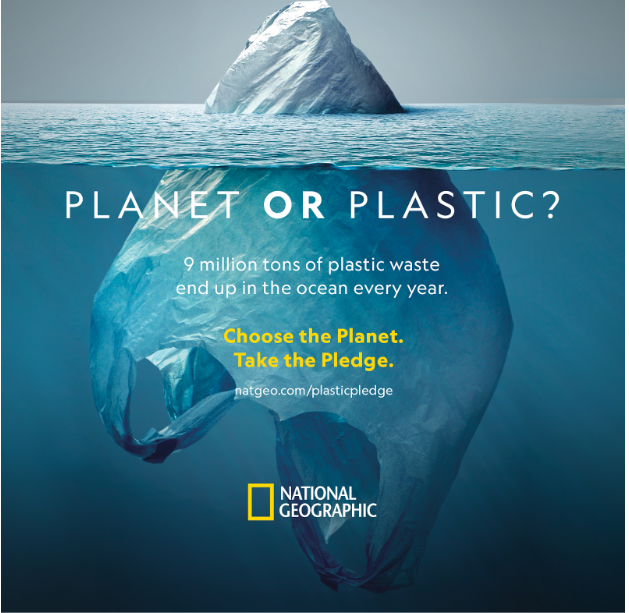
Photo by: National Geographic
But it doesn’t have to be a repetitive loop. Our progressiveness in society doesn’t need to be necessarily frowned upon. What’s caused our destruction can also give us liberation. But this is only possible if we curate the right perspective and take appropriate action. With these two things, we may not reverse the damage we’ve done to our planet upon our first action, but surelysome effort will pay off as opposed to none. I’m sure we’re all aware of the term ‘recycling’.
But have you ever taken the time to really think about what it does? Where does your trash go once you recycle? Are the things you recycle truly recyclable? The first step our society can take in this process to save our planet is to think. Out of the millions of tons of plastic produced each year, only five percent of it is reclaimed. The solution to this issue would be to first read the label, determine whether the item you’re throwing away is recyclable or not, and then put it into the appropriate bin. This is an obvious statement, and I know It sounds incredibly simple, but you’d be surprised how many people are in a constant state of autopilot. If we were to becomemore aware of our surroundings, a large portion of our planet’s suffering would be alleviated. As I stated earlier, our technological advancement as a civilization can be the key to our liberation, we just need to use it to our advantage. As of May 11, 2023 at a recycling center in Boulder, Colorado, artificial intelligence has, for the very first time, learned how to tell pieces of plastic from sheets of paper and also has the ability to grab them. This is a pivotal moment for us as the generation that can potentially turn our fate around for good. Up until this moment, people have been putting up with tedious, grueling labor to sort out all the materials which have only resulted in sixty nine million of the two hundred ninety two million tons of waste we throw away each year that is recycled, sold, and reused. And while people still need to participate in this job, AI can step in where humans cannot. For instance, while people need bathroom breaks, lunchbreaks, and vacations, robots do not. The AI is being taught and programmed each day to learnall million possibilities to appropriately separate materials. If AI makes it possible to see each piece of trashs’ contents more clearly, it could become a pool of materials we never throw away.
If we lean on our technological strengths, we can establish a circular economy. Essentially what this means is that all plastic that can’t be eliminated from the system needs to be reusable, recyclable or compostable. The circular economy could eliminate “…the volume of plastics entering our oceans by 80% each year, according to the Ellen MacArthur Foundation. It could also generate annual savings of $200 billion, reduce greenhouse gas emissions by 25% and create 700,000 net additional jobs by 2040” (World Economic Forum).
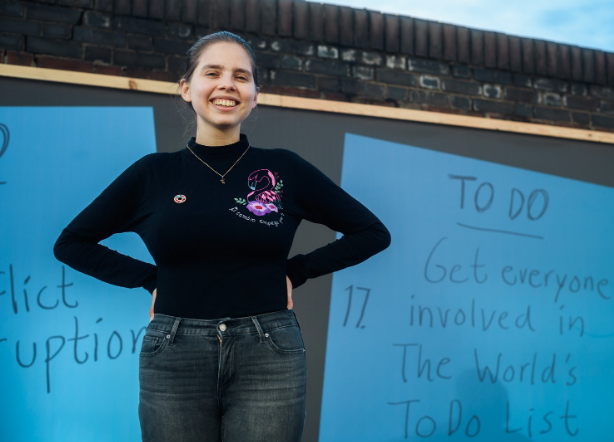
Photo by: KrisKesiak.com
Inés Yábar is a sustainability activist and co-founder of Ensemble pour TECHO, an organization seeking to eradicate poverty in South America. Yábar stated that “[It’s about] not just thinking about plastic in and of itself, but thinking about sustainable consumption and production as a whole, and what that means for our cities, what that means for transport.” Our plastic consumption isn’t our issue, it’s the way we dispose of it. And if we, as a society—as a people—can come together and enforce the importance of implementing a sustainable, non-toxic system into our communities. This would be the boost we’d require to better preserve our planet.
We were given eight planets, one of which is the only one habitable. Imagine the chances of that. The idea of looking elsewhere for another planet that can support life while the one we’re on still can is beyond foolish. We deserve better, our animals deserve better, our plants deserve better, and most of all our planet deserves better. We need to prioritize our current reality and quit anticipating the future.
Once this is accomplished, Earth’s healing will begin.